The Honda HR-V is a car for those who don’t care too much about brands or bold design
A small but sophisticated hybrid that wears its tech lightly, the Honda HR-V will probably work perfectly forever even though it can’t raise a thrill
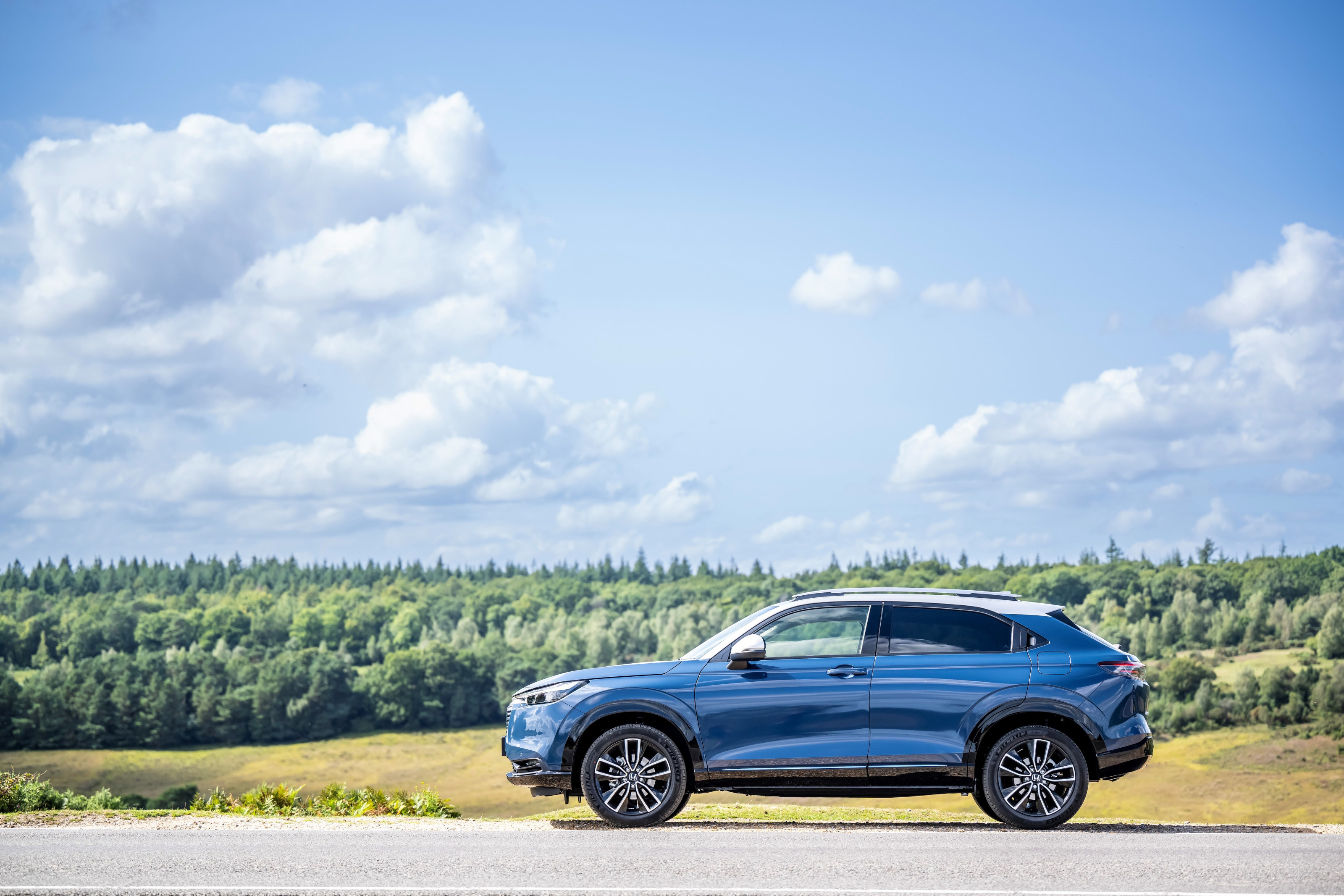
The Honda HR-V is an unassuming little motor car, a functional four-wheeler that finds favour with elderly motorists and young families and exists as a kind of environmental wallpaper; ubiquitous but not highly visible. But we should set this faintly patronising attitude to one side, because it’s clear that whatever the HR-V offers, it’s highly desirable to many.
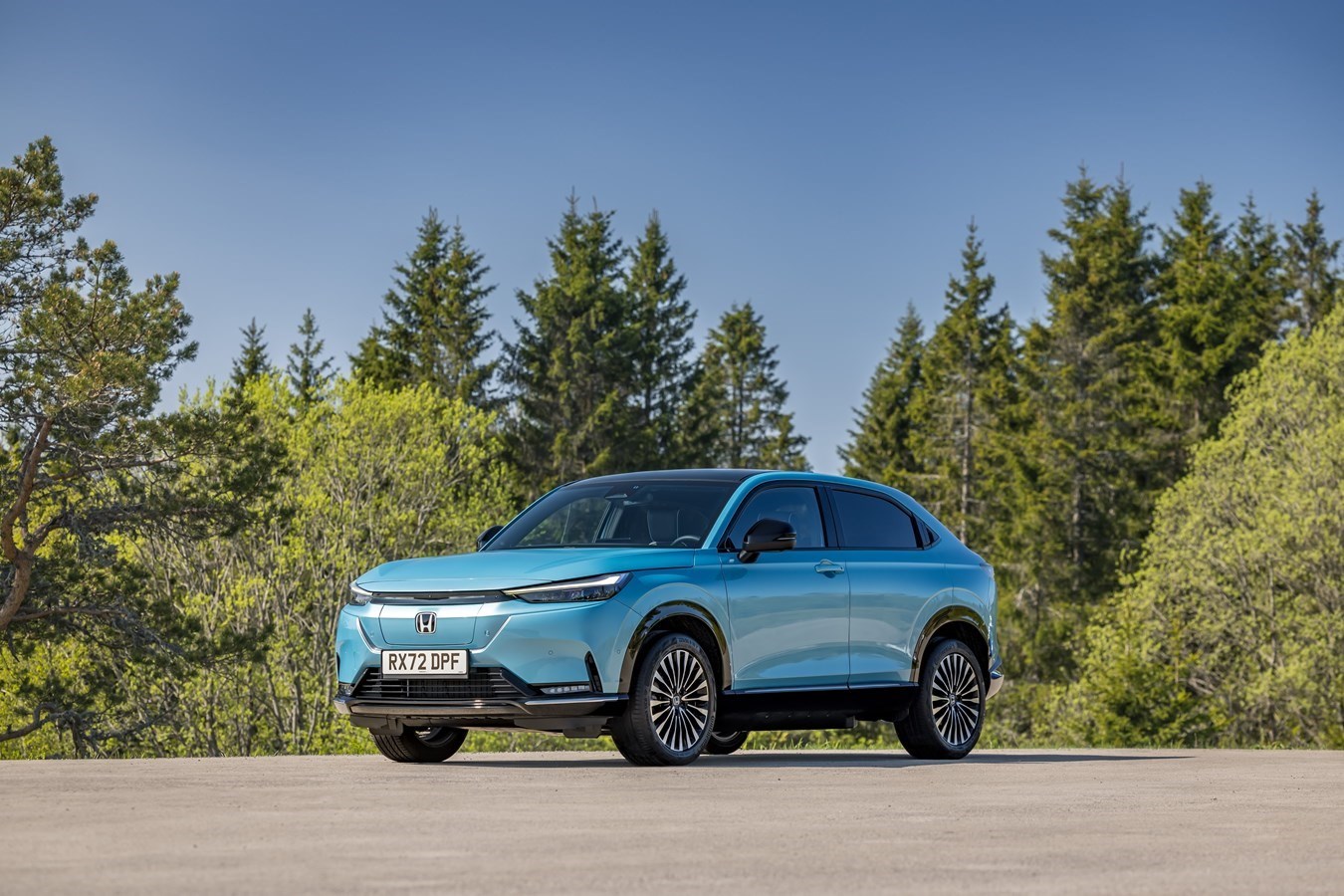
Honda HR-V
This is the third generation of the HR-V, a slow evolution for a model that has been around since 1999. The car’s origins go back even further, to the Honda J-WJ concept, a high-riding wagon that was unveiled at the 1997 Tokyo Motor Show. It was a prescient piece of design that spliced the high-riding stance of an SUV with the scale and practicality of a large hatchback or small estate car.
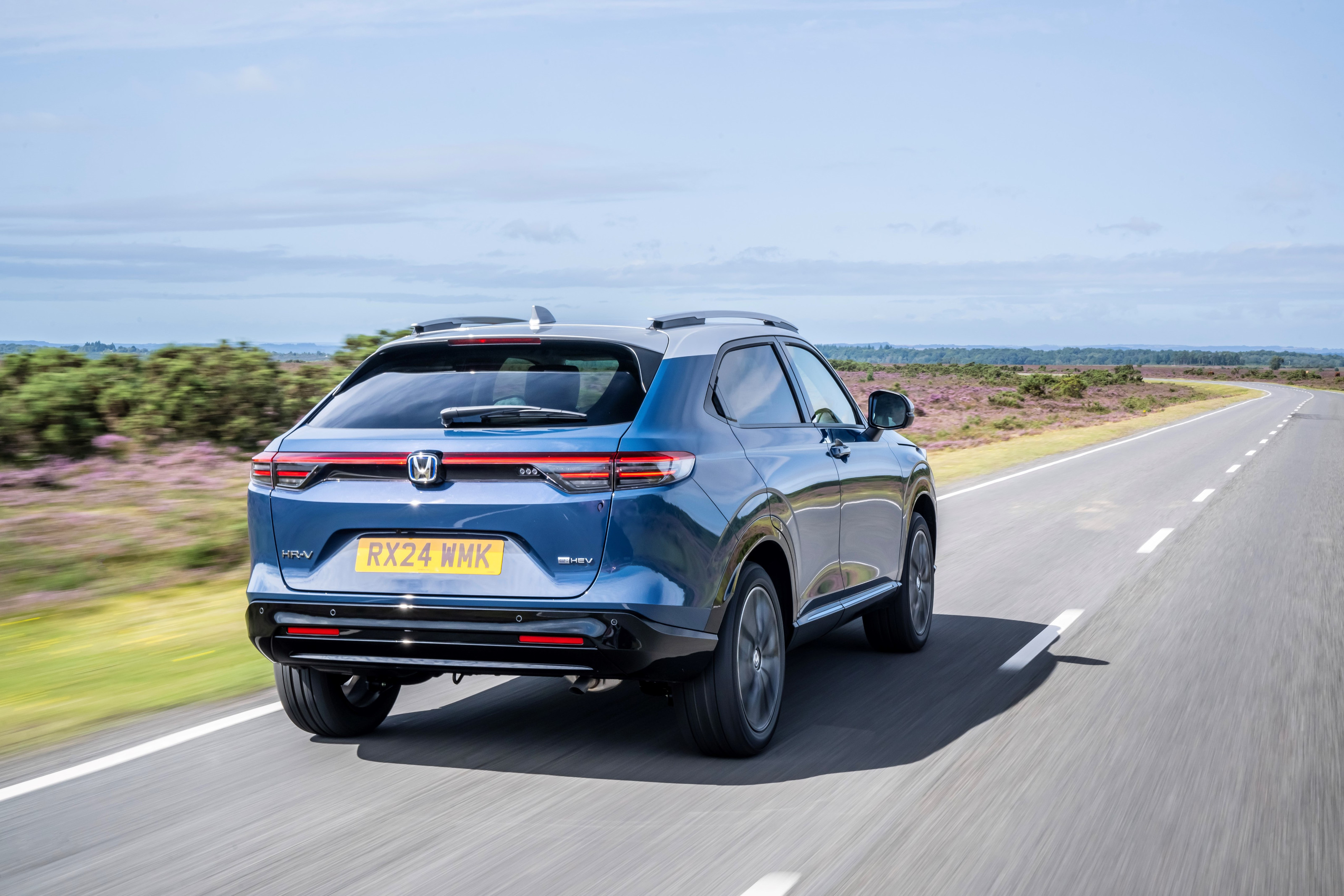
Honda HR-V
In the days before SUVs well and truly ruled the forecourts, the HR-V was something of an unknown quality. When it came to market two years later, the concept was essentially unchanged, right down to the high-level rear spoiler and arrow-straight crease down the flanks.
Two more generations down the line, and the HR-V is attempting to recapture some of that visual simplicity. Instead of the original’s sharply cut-off rear, the new HR-V has a much more rakish rear screen. The front end is less graceful, with a steep and unsubtle grill beneath two slender headlights that are tucked beneath the edges of the bonnet.

Honda HR-V

Honda HR-V
It's not a beautiful car, but it is a functional one. That function is all the more evident from behind the wheel, where you’ll find a very well-equipped dashboard, a clever set of folding seats and a set up that’s extremely easy and undemanding to drive. The self-charging hybrid system mates a 1.5-litre engine to two electric motors, with an emphasis on economy not performance. Honda claim a maximum range of over 400 miles and in well over 600 miles of motoring, we achieved bang on 50mpg.

Honda HR-V
And yet despite putting in a lengthy stint behind the wheel, the HR-V didn’t stand out as a particularly memorable car to drive. Everything happens without drama or fuss, let alone excitement or exhilaration. There’s no passion here, with none of the design verve that the brilliant little Honda e had, for example. Yet for most buyers, the fact that the HR-V isn’t too big, isn’t too showy and is reliable and economical to run will be more than enough.
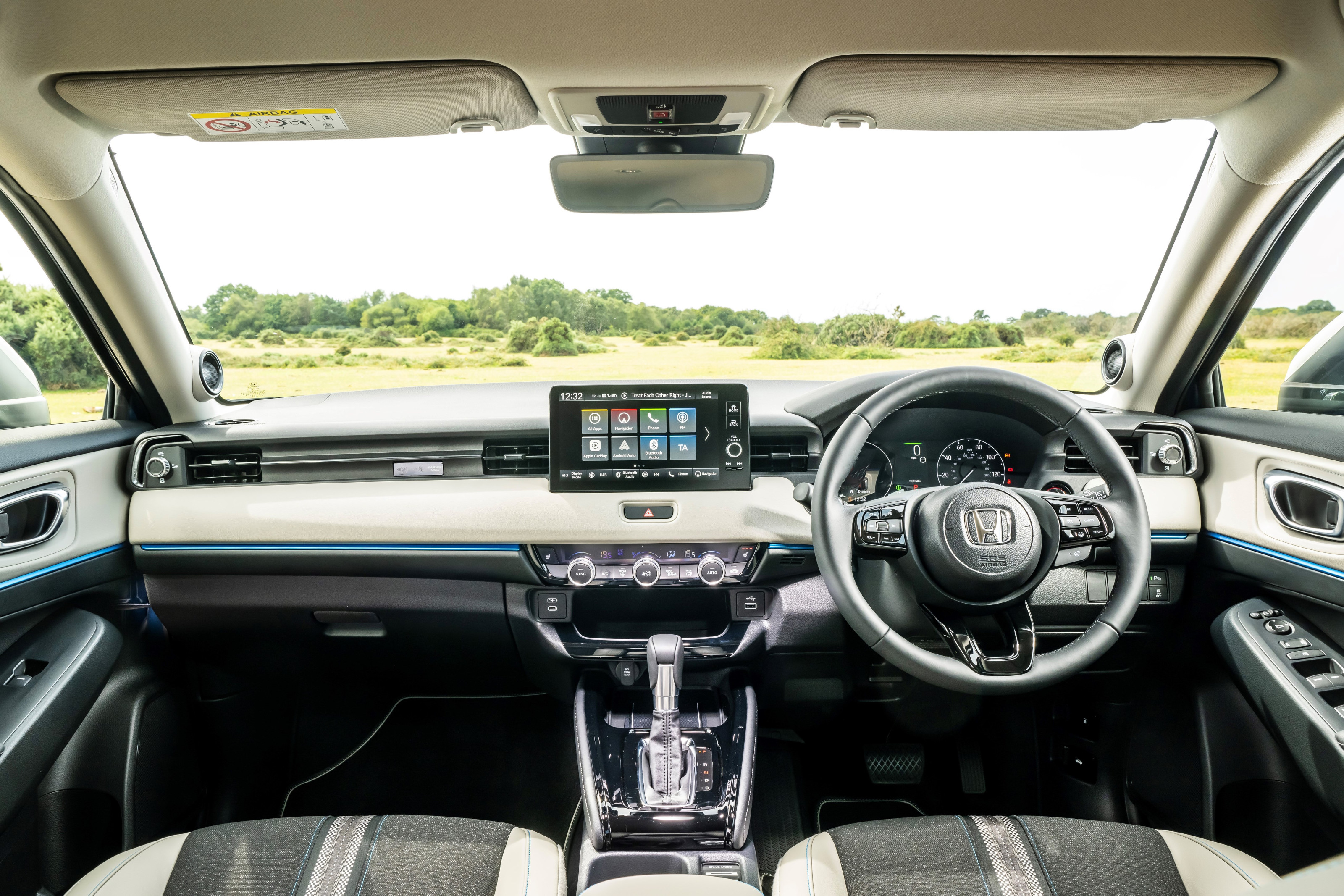
The Honda HR-V dashboard
This parsimony doesn’t extend to the purchase price, which starts at over £30,000. You can’t fault the HR-V’s specification – heated seats, reversing camera, sunroof, etc., all come as standard. Controls are clear and thankfully not overly-touchscreen dependent, although the Android Auto connectivity proved less than straightforward.
Receive our daily digest of inspiration, escapism and design stories from around the world direct to your inbox.
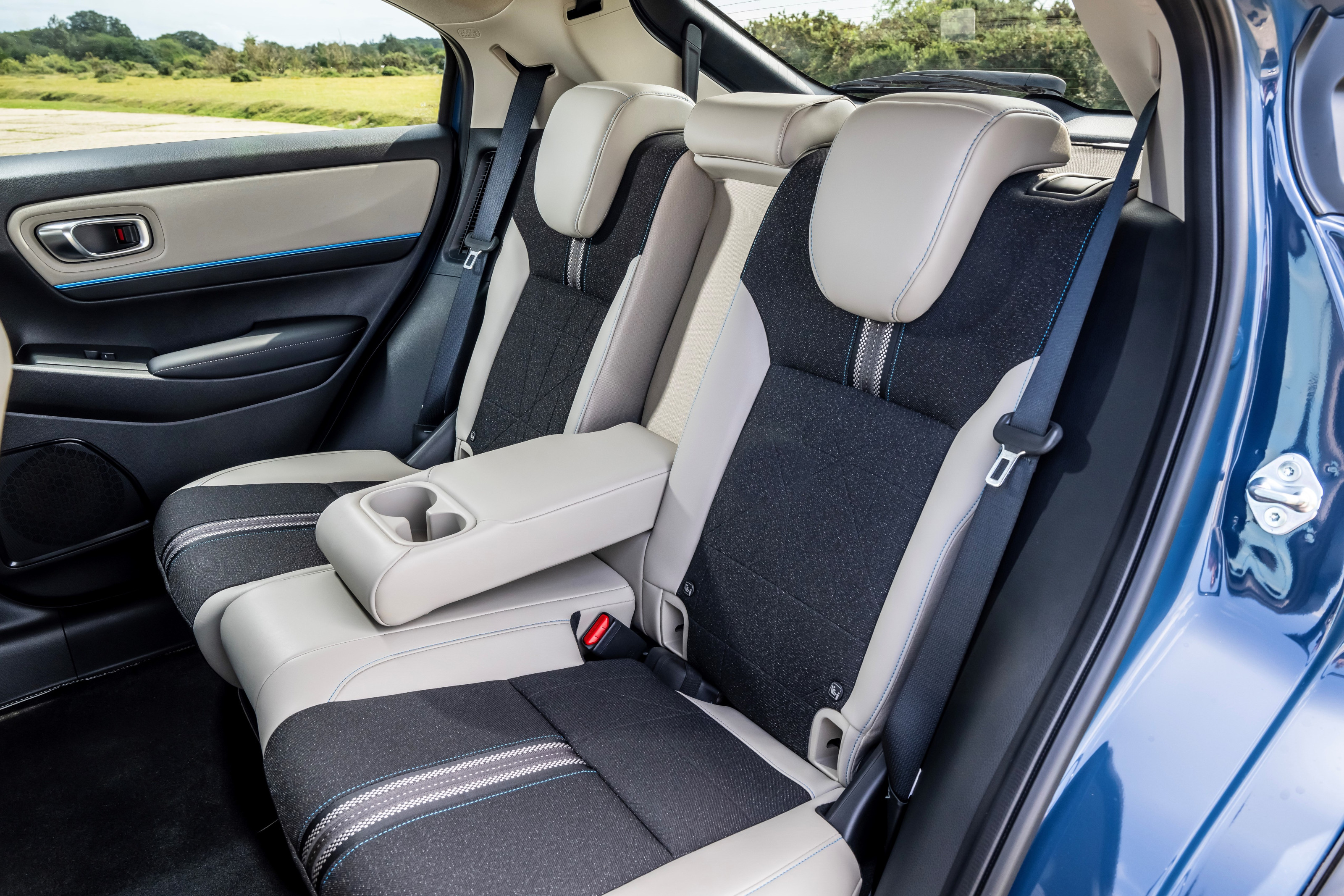
You can't fault the basic fundamentals of the design
Dependability, generally speaking, is one of the great strengths of Honda’s brand. Regardless of the complexity of the company’s products, it has proved over decades to be one of the most reliable and durable car makers. That robustness is the HR-V’s USP, even if it doesn’t set pulses racing. However, the arrival of bigger, cheaper and better specified rivals from China could seriously shake up the European market for small and mid-size SUVs.
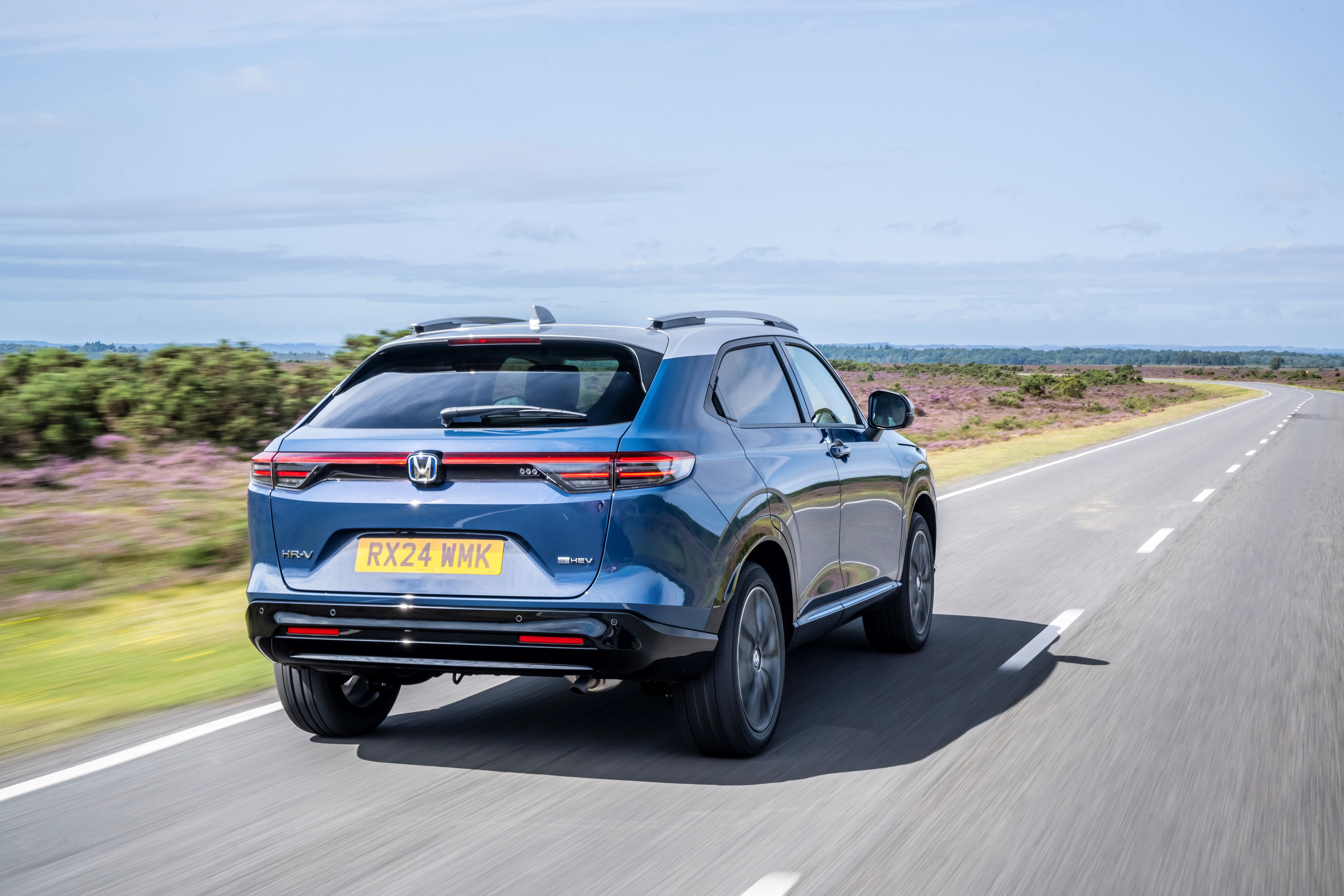
It’s too early to tell if the likes of Jaecoo, Leapmotor et al, will manage to attain the same levels of engineering acumen as Honda, but there’s no reason to suggest they won’t. If Honda wants to keep its core base of customers who like to remain unruffled, it’ll need to move the game on. Here's hoping the forthcoming Honda 0 saloon and Honda 0 SUV will give the brand the boost it deserves.
Honda HR-V, from £31,495, Honda.co.uk
Jonathan Bell has written for Wallpaper* magazine since 1999, covering everything from architecture and transport design to books, tech and graphic design. He is now the magazine’s Transport and Technology Editor. Jonathan has written and edited 15 books, including Concept Car Design, 21st Century House, and The New Modern House. He is also the host of Wallpaper’s first podcast.
-
 The Bombardier Global 8000 flies faster and higher to make the most of your time in the air
The Bombardier Global 8000 flies faster and higher to make the most of your time in the airA wellness machine with wings: Bombardier’s new Global 8000 isn’t quite a spa in the sky, but the Canadian manufacturer reckons its flagship business jet will give your health a boost
-
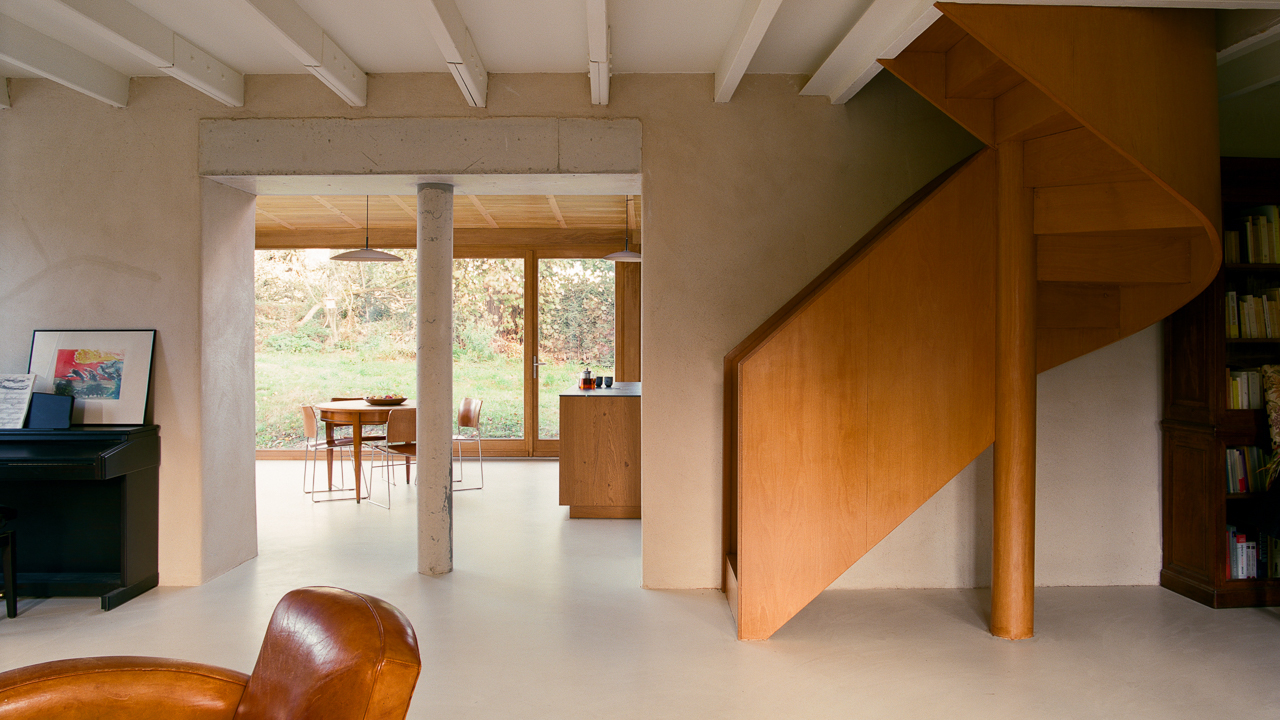 A former fisherman’s cottage in Brittany is transformed by a new timber extension
A former fisherman’s cottage in Brittany is transformed by a new timber extensionParis-based architects A-platz have woven new elements into the stone fabric of this traditional Breton cottage
-
 New York's members-only boom shows no sign of stopping – and it's about to get even more niche
New York's members-only boom shows no sign of stopping – and it's about to get even more nicheFrom bathing clubs to listening bars, gatekeeping is back in a big way. Here's what's driving the wave of exclusivity